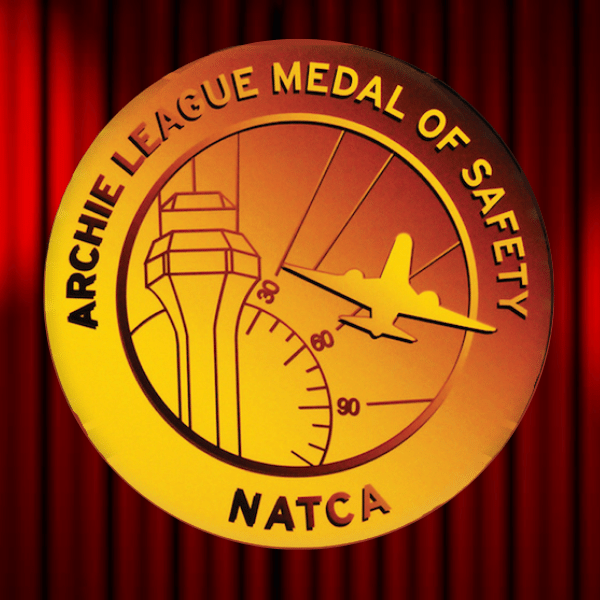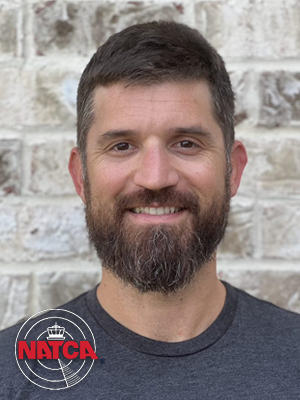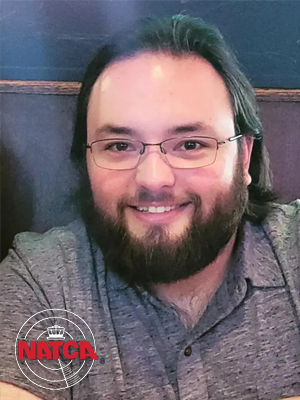
Southern Region: David Kunzman, Artur Mularczyk – Memphis Center (ZME)


Article by Amy Sayers (Fort Lauderdale ATCT, FLL)
On a beautiful day in April, Memphis Center (ZME) member David Kunzman was training Artur Mularczyk on routine traffic. They were working the R65 sector, which comprises of many military operating areas (MOAs), military training aircraft, along with general aviation traffic and commercial traffic.
Around 4 p.m., OSHN154, a flight of two single-engine military training aircraft, announced on a MOA frequency that they were exiting the airspace and going to Naval Air Station Meridian (NMM) due to an emergency. These frequencies remain on speaker and are continually monitored by the center controllers. Kunzman and Mularczyk heard the pilot was exiting the airspace and were awaiting OSHN154 to check in with them.
At this point, they didn’t know the nature of the emergency or the urgency of the situation. When OSHN154 checked in, he stated he was 68 miles off Navy McCain with an emergency. Mularczyk asked what his intentions were and OSHN154 said he was going to Key Field for a precautionary straight-in.
Mularczyk cleared the flight for the recovery to Key Field and asked if he needed equipment to stand by and what the nature of his emergency was. OSHN154 replied that he did not require equipment and that he had reduced thrust on his aircraft.
Shortly after this exchange, OSHN154 called and told Mularczyk that he didn’t know if he was going to make it to Key Field. The pilot immediately began asking about Hesler-Noble Field Airport (LUL), an airport only 23 miles away. OSHN154 recognized that this was a better choice and asked for a vector towards LUL.
Next to Mularczyk was Kunzman, his trainer, who pulled up the latitude and longitude, runway configuration, UNICOM frequency, and wind for LUL, provided it to Mularczyk, who then relayed it to the pilot.
Mularczyk gave OSHN154 a descent to 3,000 feet and cleared them to LUL, and OSHN154 then switched to UNICOM frequency.
Due to the center’s unreliable reception of the UNICOM frequency, Mularczyk requested an aircraft that was currently on their frequency to monitor LUL’s UNICOM, asking them to listen for OSHN154 checking in and to relay any information to them. Shortly after this request, that aircraft was told that they no longer needed to monitor because they had gotten word that OSHN154 had landed safely. The wingman had continued their flight and had returned to base.
After this event, the pilot of OSHN154 called Memphis Center and explained that, due to the nature of their emergency, there was no way they were going to make it to Meridian Airport and if it were not for Mularczyk and Kunzman being prepared with the necessary information that he needed to land at LUL in such a short amount of time, he would have had to eject.
“David and Artur were the pinnacle of professionalism that we strive for as air traffic controllers. They responded quickly and without hesitation. The motto “Every day is a training day” was truly in play as Artur was training at the time. They assisted the pilot and avoided a catastrophic outcome by communicating with surrounding aircraft and team members to make sure they could continue to monitor and share information with the pilot throughout the emergency. This was the epitome of teamwork as instructor and trainee worked together to bring about a successful resolution. Following the event, the pilot called the facility to let everyone know that David and Artur saved not just valuable equipment and the aircraft, but his life.”
– NSO Regional Vice President Jim Marinitti

